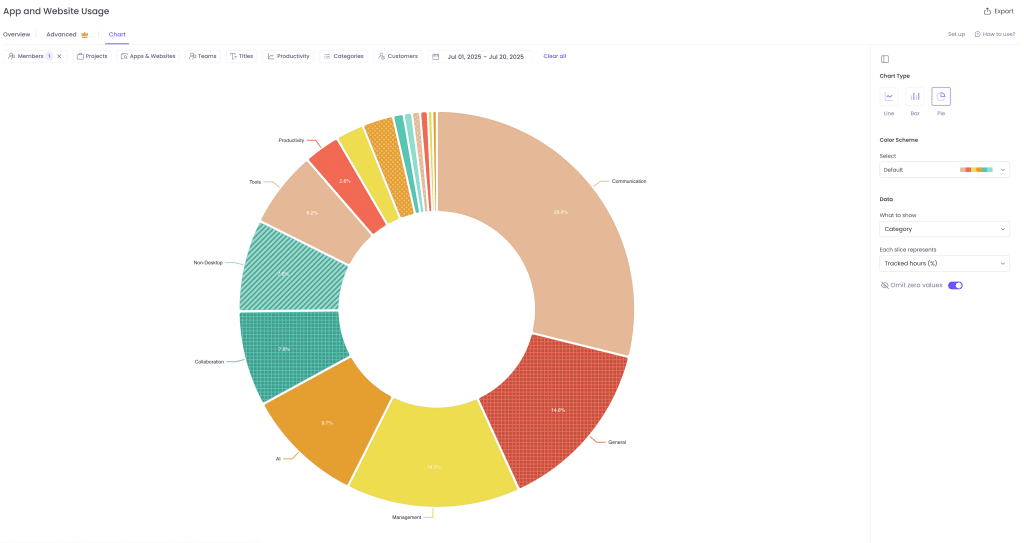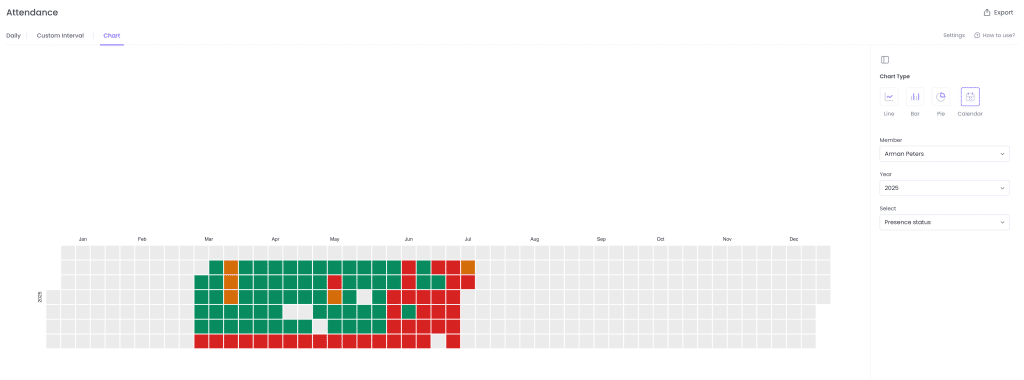Tracking time is easy. Understanding it is the hard part.
I’m Vahagn Sargsyan, founder and CEO of WebWork. I’ve spent the last several years building WebWork—an all-in-one time tracking platform used by thousands of teams across the world to manage productivity, projects, and payroll.
As the founder and CEO, I’ve seen how teams collect more and more data, hoping it will lead to clarity. But the real challenge isn’t collecting time data.
The real challenge is knowing what to do with it.
After working with so many teams, I’ve come to see that using time data effectively follows a pattern. Whether you’re a startup or a large enterprise, the path is the same:
You measure time.
You understand time.
Then you act on time.
Let’s go through these stages—practically, with examples from real work—and see where the value truly begins.
Stage 1: Measuring Time – Turning the Lights On
Most teams start with the same realization: we don’t know where our time is going.
So they start tracking.
They install a time tracker with screenshots, get detailed app usage data, employee activity, project logs, even screenshots. Suddenly, they have visibility.
Here’s a typical example of what raw tracked time looks like:
You can see exact durations, application names, categories, activity percentages—minute by minute.
This is valuable. But only as a starting point.
It tells you what happened—but not what it means.
And most teams stop here.
Stage 2: Understanding Time – From Logs to Insight
Raw data is overwhelming. Thousands of entries. Too much detail. Too little meaning.
But once time data is grouped, structured, and visualized, something changes:
It starts to speak.
Here’s what happens when you take that raw data and aggregate it:

This isn’t just data anymore—it’s a story.
The same applies to attendance.
You might have a full report of daily logs, but when that data is turned into a calendar view:

You see attendance behavior across the year.
It’s the same for activity descriptions. A chart like this says more than a report ever could. It makes you ask:
- Are we spending too much time in meetings?
- Is our team doing enough deep focus work?
- Are we allocating time according to our priorities?
This is the turning point.
Understanding time is about transforming data into decisions.
And Then We Took It Further: WebWork AI
After we built rich charts, timelines, and dashboards that made time feel tangible, we realized something:
Even great visuals have limits when teams are flooded with data.
That’s why we introduced WebWork AI—to act as an assistant that reads millions of time records, detects patterns, highlights inefficiencies, and suggests improvements.
It works with your dashboards—not instead of them.
So you still get the clarity of visual time—but now with smart analysis on top.
Insight becomes faster. Decisions become clearer.
Stage 3: Acting on Time – Designing for Improvement
Once time becomes visible—and meaningful—change becomes possible.
We’ve seen teams reduce unnecessary meetings after seeing their real weight in the week.
We’ve seen managers fix scheduling gaps by spotting attendance trends.
We’ve seen founders reallocate people and budgets based on actual time investment, not assumptions.
But it’s not just teams—I apply the same lens to my own time.
Every couple of weeks, I review how I’ve spent my working hours. I look at which categories dominate—how much time went to communication tools, how much to deep work, how much was spent managing.
And I’ll be honest: the numbers often surprise me.
There are weeks that feel incredibly busy—full of calls, context-switching, quick decisions—
But then I see the data: just 15% of my time went to deep, focused work.
That realization changes how I plan the next week.
It makes me protect time blocks more carefully.
It reminds me that urgency isn’t the same as impact.
Because without that reflection, I would just keep running without direction.
This is where time tracking becomes a management tool.
Not just reporting. Not just numbers.
A system for improving how teams operate.
But here’s the key: you can’t improve what you don’t understand.
And you can’t understand what you don’t measure.
